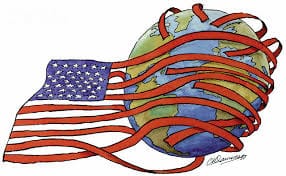By Don Hammonds
Genocide and enslavement is the program of colonial politics for dealing with the perceived threat that is indigenous populations. European colonizers waged multifaceted warfare against the indigenous peoples of occupied 'America' seeking to privatize land for the acquisition of gold and silver. Thus, 'primitive accumulation' founded the U.S. and world capitalist social structures. Primitive accumulation of capital refers to enslavement and misappropriated resources. This coagulated into the 'American' state standing on the land of the Indigenous people(s).
First, non-capitalist production was deployed, then bloody phases of reform and overt inner turmoil until the geographic territory of the independent colonial North American economy stretched 'from sea to shining sea' (i.e., westward settlement; manifest destiny); the Indigenous population and unfree labor force and the poorest of the colonizers consolidated into a single proletariat class; and the dominance of corporative methods was cemented in the hands of an undemocratic governing body. These phenomena were solidified through homestead(-ing), westward settlement, and manifest destiny, or settler colonialism. To be clear, homestead(-ing), westward settlement, and manifest destiny refer to the post-civil war phase of American settler-colonization. The expansion of the independent colonial North American economy through settler colonialism represents a neocolonialist coup wherein members of the armed forces, the police, and the bureaucracy combine. The federal government's facilitation of individual colonizers' westward migration in the mid-nineteenth century is an expression of class struggle against indigenous populations.
The history of the American capitalist republic is one of class struggle against radical organizations or radical organizing. Following the westward expansion phase of the American-neocolonial coup d’état, where federal government bureaucrats financially and militaristically supported settler colonialism, poorer migrating colonists functioned as the military and police clearing out Indigenous populations. Non-capitalist social relations and production relationships cannot be allowed to exist for the rise and maintenance of an empire. Industrialization ended the feudal production relationship phase, and control of the factories was centralized under monopoly capital.
The erection of the class relationship between capitalists and legally free wage workers also incubated a political coalition amongst the new industrial proletariat. Capitalist social relations contradict the will and well-being of the people. Corbett et al. explain:
"Business owners viewed organization efforts with great mistrust, capitalizing upon widespread anti-union sentiment among the general public to crush unions through open shops, the use of strikebreakers, yellow-dog contracts (in which the employee agrees to not join a union as a pre-condition of employment), and other means. (Corbett et al., 524)"
In this chapter, the course text introduces labor organizations in the United States. Labor organizers were executed under the same motives and prejudice inflicted upon Indigenous populations and legally unfree Africans. A secret branch of Irish coal miners in Pennsylvania known as the Molly Maguires. The Molly Maguires functioned as enforcers for the proletariat's struggle against the capitalist factory owners. These workers deployed guerrilla tactics against capitalist factory operators and were met with the repressive forces of neo-colonialism. Armed struggle arises in response to oppressive conditions and is met with an intensification of those conditions. The Molly Maguires enforces were executed upon capture. Other labor organizations, such as the American Federation of Labor, were successful in remaining tied to the values and principles of the society, pursuing collective bargaining and the right to strike and deviating from the practices of radical labor organizing.
The arrangements of industrial capitalism begets contradiction between the lives of the workers and the wealth of the factory owners. Well aware of this, workers would often erupt into spontaneous fits of violence. Corbett et al. explain:
"Workers were well aware of the vast discrepancy between their lives and the wealth of the factory owners. Lacking the assets and legal protection needed to organize and deeply frustrated, some working communities erupted in spontaneous violence. The coal mines of eastern Pennsylvania and the railroad yards of western Pennsylvania, central to both respective industries and home to large, immigrant working enclaves, saw the brunt of these outbursts. The combination of violence, along with several other factors, blunted any significant efforts to organize workers until well into the twentieth century. (Corbett et al, 524)."
Organized labor clashed with management to direct rebelling wage workers. Coalitions of wageworkers, or unions, were formed to fight the anti-labor, pro-management government of the 1870s and 1880s.
Don Hammonds
Black is Back Coalition (BIBC): Youth and Student Working Group - DEPUTY CHAIR

